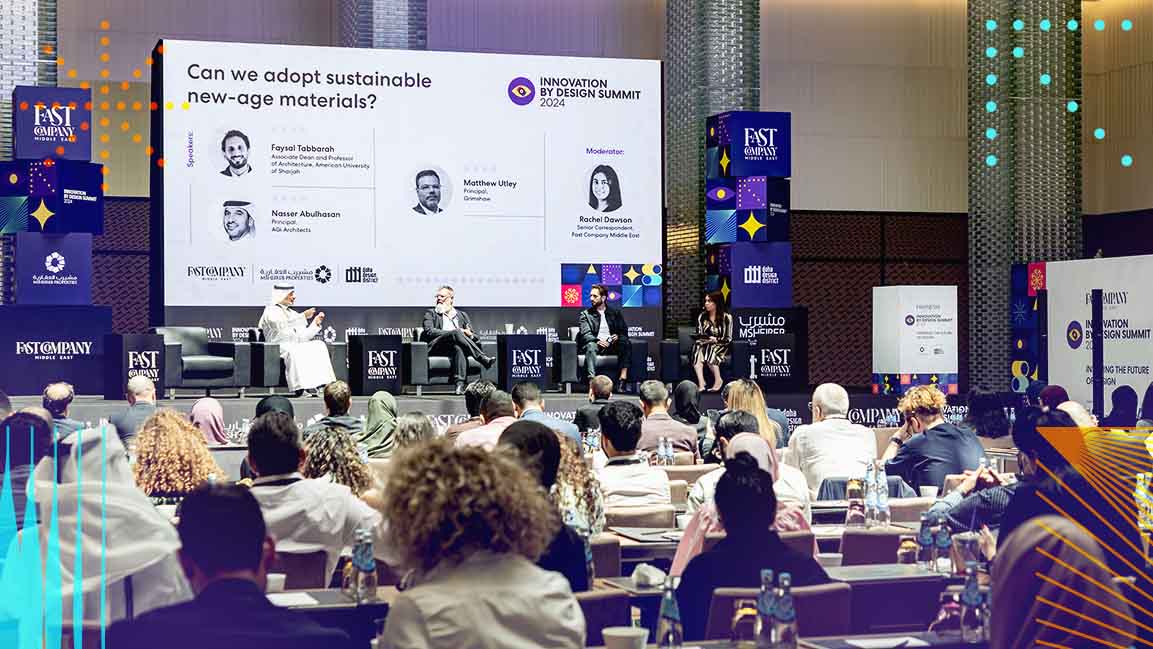- | 9:00 am
What’s next for carbon and climate in a post-truth world
With 1.5 degrees as our North Star, what tangible actions are needed to achieve that goal, what’s standing in our way, and how we get everyone especially the ones that have not taken action on board.

Scientists have issued their “final warning” on the rapidly closing window of opportunity to limit global warming to 1.5 degrees Celsius. Last year brought record levels of global emissions as the world’s economy recovered from the pandemic, putting a path to 1.5 in jeopardy.
It’s widely acknowledged that global, collective action is needed to meaningfully reduce carbon emissions and all tools must be used in that effort. However, an increasingly polarizing climate conversation is emerging, one that is focused on criticizing action because it lacks perfection—a dangerous precedent if we want to make progress and transform to a low-carbon economy.
As a result, we are starting to see climate ambition wane. A Climate Impact Partners report on the climate commitments of the Fortune Global 500 shows that while the number of companies making commitments is growing, targets are increasingly being set for 2050 rather than 2030—a critical decade where we must halve global emissions or risk irreversible damage. The IPCC’s report calls for emissions to be cut by 60% below 2019 levels by 2035 if we are to have any chance of achieving 1.5⁰C and lower the risk of runaway climate change.
The singular message is clear: We must act more broadly and faster
CLIMATE SOLUTIONS ARE EVOLVING AND THAT SHOULD BE ENCOURAGED, NOT DEMONIZED
Companies are facing increasing pressure to reduce their emissions, while allocating resources in a more equitable and sustainable fashion, and delivering economic value. Existing climate solutions are guiding them in the right direction, and these solutions are getting the funding and demand signals to become better and more effective.
Scrutiny is welcome during this progress. However, in a post-truth world, there is a real hunger to call out any perceived misstep or growing pain that casts doubt on entire industries that provide critical stepping stones to net zero. These battle cries only serve to discourage corporate climate action, which becomes perceived by some corporate leaders as taking on too much reputational risk.
The voluntary carbon market (VCM) is going through its own evolution but has become a climate punching bag, forcing companies to debate whether supporting actions outside of their operations is really worth it. This market is only a $2-billion dollar industry right now, but it’s delivering vital funding to carbon reduction, removal, and avoidance projects that improve quality of life in areas that rarely see resources. Often, these projects benefit communities most impacted by but least responsible for climate change, in regions that need resources and financial support to adapt and transform.
The VCM has an important role to play in hitting the 1.5 target and there is room for significant growth and impact as it scales. We need financial investment to increase, not decrease as we constantly evolve and improve. These improvements will not be made if funds dry up.
EVS HAVE FELT THE OFFSET PAIN
EVs went through a similar transition. They faced challenges in scaling and overcame perceived notions that their environmental impact would be minimal, along with lingering doubts over their performance issues and, the now-dispelled myth that the greenhouse gas emissions associated with electric vehicles are higher than those from an average gasoline-powered vehicle. But now, most notable brands feature an EV model and countries including Norway and the U.S. now incentivize consumers and manufacturers to scale EVs further because everyone recognized the importance of the technology—despite their growing pains.
SOME OF THE BIGGEST COMPANIES HAVE YET TO TAKE ANY ACTION
While we debate existing solutions that deliver results now and help communities, some of the biggest companies have yet to do anything at all—perhaps they’re unsure of where to begin and fear criticism. Almost 60% of the Fortune Global 500 have not delivered a significant climate milestone or are not publicly committed to do so by 2030. Surely this is where we need to invest time and energy.
Last year, the world’s largest companies saw the highest annual growth rate in aggregate sales in Fortune Global 500 history, reaching $37.8 trillion. While the criticisms and allegations of greenwashing call out those with public commitments, and without doubt some of those criticisms are fair, the discourse fails to focus on the majority of private sector players that have yet to act.
If these companies committed 1.5% of their total profits, $33.5 billion, (a fraction of the amount spent on Research and Development) to climate action, the impact would be significant. For example, if companies supported a portfolio of projects such as rooftop solar, clean cooking, forest conservation and tree planting to offset the emissions they cannot yet reduce, in addition to investments for internal reductions and operation transformations, it would translate to:
- Improving the lives of a population equal to the size of Europe and the U.S combined
- Protecting forests equal to the size of Japan
- Planting trees equivalent to an area the size of Uganda
These solutions alone won’t get us to net zero, but collectively they could help keep us on track toward our 1.5 degree goal, deliver meaningful results, and encourage other organizations to step up. It’s critical when the combined climate pledges of the 193 Parties under the Paris Agreement could put the world on track for around 2.5 degrees Celsius of warming by the end of the century.
WE NEED PROGRESS MORE THAN PERFECTION
The climate conversation has finally gone mainstream, but it’s leaning into a narrative that promotes perfection over progress. In this discourse, it seems as if there is no room for improvement for companies.
Companies using high-quality carbon credits to take responsibility for residual emissions today and be carbon neutral are almost twice as likely to have a Science-Based Target (SBT) than those companies that do not. The truth is that these strategies are meaningful steps that are helping companies make progress to net zero—not to mention the biodiversity and health and livelihood co-benefits—but these milestones often become the only focus when they are really just a chapter of the book.
In a post-truth world, context and nuance matters. Scrutiny is welcome and it is a necessary part of making progress. But we cannot sacrifice progress in the name of perfection. We must use our learnings from industries such as EV, which has navigated change scenarios to move us faster toward quality and transparency. The stakes are too high and there are still too many players sitting on the sidelines. Are you driving action or merely observing?







































